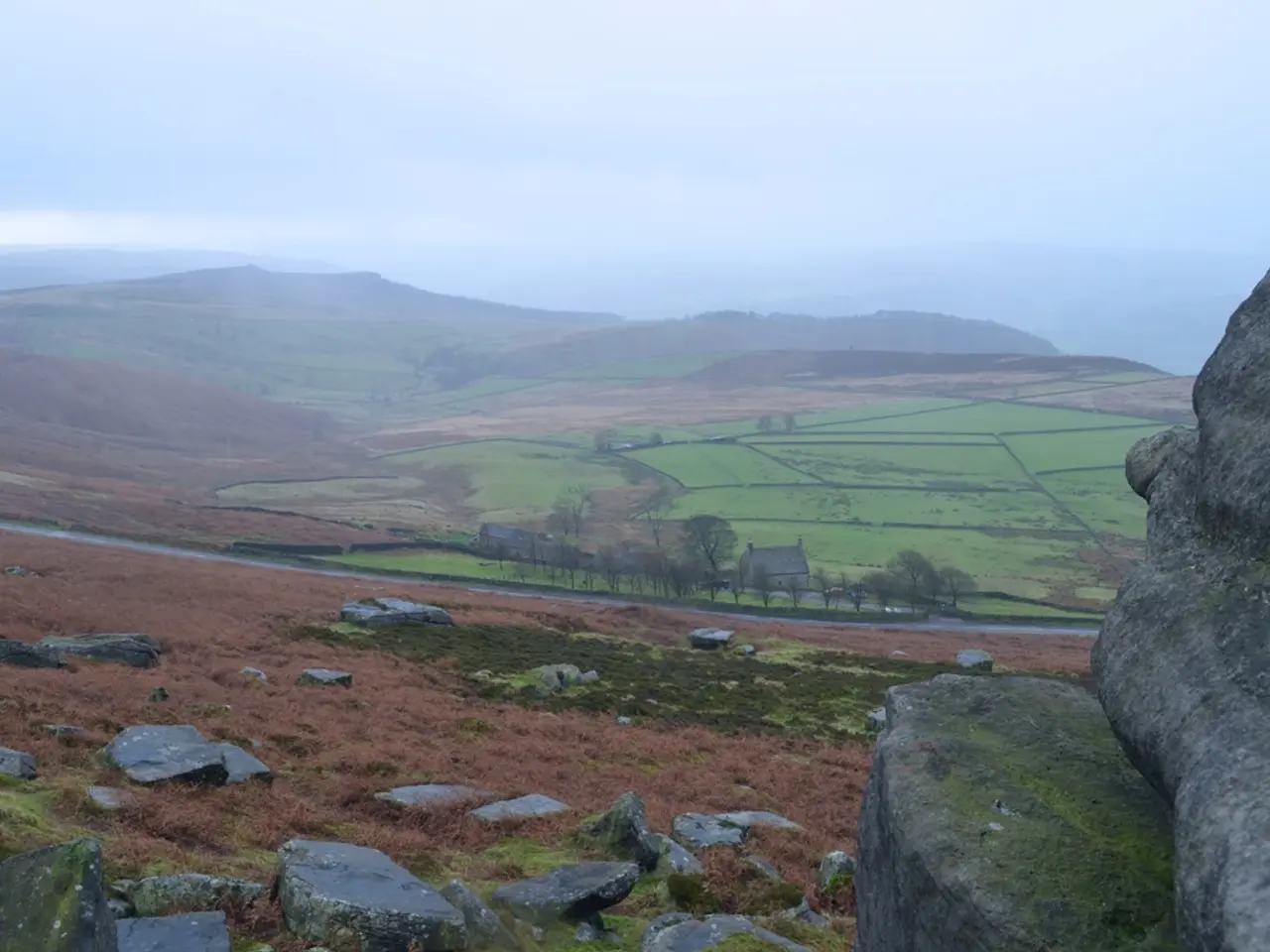Discussing the Beauty and Wonders of America's National Parks
In the heart of our planet, a collection of sanctuaries stands tall, each a unique testament to the beauty and diversity of nature. These are the National Parks, vital sanctuaries for wildlife, natural landscapes, and biodiversity. By investing in conservation efforts, promoting sustainable practices, and raising awareness, we can ensure these parks remain a beacon of hope for generations to come.
Yellowstone National Park, USA
Famous for its geothermal features like geysers and hot springs, Yellowstone, the world's first national park, offers a breathtaking landscape of volcanic plateaus, valleys, and diverse habitats. Visitors can embark on wildlife watching expeditions, hike over 900 miles of trails, or explore geyser basins. The park maintains one of the largest intact temperate ecosystems, protecting species and geologic features that set global standards for national parks.
Kruger National Park, South Africa
Africa's largest game reserve, Kruger, is home to the iconic Big Five (lion, leopard, elephant, buffalo, rhino) and over 500 bird species. Safari game drives, especially self-driving, and nocturnal safaris are popular activities. Kruger acts as a biodiversity stronghold and a cornerstone for wildlife conservation in Southern Africa.
Great Smoky Mountains National Park, USA
The most biologically diverse park in the US, the Great Smoky Mountains, is a haven for over 19,000 documented species and possibly tens of thousands more. Misty mountains, waterfall-filled valleys, and extensive hiking trails make for an unforgettable experience. The park balances recreation and species protection, with successful conservation programs for black bear populations and the preservation of Appalachian ecosystems.
Torres del Paine National Park, Chile
Dramatic granite peaks, bright blue glacial lakes, and Patagonian grasslands characterise Torres del Paine. Wildlife includes guanacos, Andean condors, and pumas. Multi-day trekking, wildlife viewing, and photography of landscapes and glaciers are popular activities. The park protects rare Patagonian landscapes and endangered species.
Great Barrier Reef Marine Park, Australia
The world's largest coral reef system, the Great Barrier Reef, offers extraordinary marine biodiversity. Diving, snorkeling, and marine wildlife tourism are popular activities. Critical reef protection efforts are underway to combat coral bleaching, manage tourism and fisheries.
Other notable parks include Everglades National Park in the USA, protecting subtropical wetlands and threatened species like the Florida panther and American alligator, offering ecosystem services such as water supply and flood control.
When visiting a National Park, it's essential to prepare. Bring essentials such as sturdy footwear, weather-appropriate clothing, plenty of water, a map or guidebook, sunscreen, and insect repellent. A first aid kit and snacks for longer hikes or outdoor activities are also recommended. Dogs are allowed in most parks, but they must be kept on a lead at all times.
As visitor numbers continue to rise, it's crucial that National Parks implement strategies for managing tourism in a way that minimises its impact on the environment. The future of National Parks depends on continued support from governments, non-profit organisations, and individuals who recognise the importance of preserving these areas for future generations.
Most National Parks in the UK are free to visit and explore, but there may be charges for parking, camping, or certain activities within the parks. Let us cherish and protect these remarkable sanctuaries, ensuring they continue to inspire awe and foster a deeper connection with nature for generations to come.
In the lifestyle of an explorer, one can immerse themselves in the unique splendor of outdoor-living within National Parks, such as Yellowstone in the USA, where science and environmental-science meet home-and-garden conservation efforts in protecting diverse animal species and geologic wonders. In contrast, Great Barrier Reef Marine Park, Australia, showcases the intricate interplay between environmental-science and home-and-garden, as efforts to preserve its coral reefs and marine life intersect with the practices of sustainable tourism.




